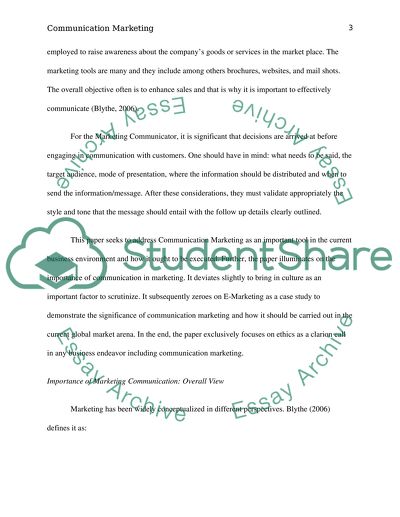Cite this document
(“Marketing communication: Effective Promotion and Sale in Face of Essay”, n.d.)
Retrieved de https://studentshare.org/marketing/1390379-marketing-communication-effective-promotion-and-sale-in-face-of-globalization-today
Retrieved de https://studentshare.org/marketing/1390379-marketing-communication-effective-promotion-and-sale-in-face-of-globalization-today
(Marketing Communication: Effective Promotion and Sale in Face of Essay)
https://studentshare.org/marketing/1390379-marketing-communication-effective-promotion-and-sale-in-face-of-globalization-today.
https://studentshare.org/marketing/1390379-marketing-communication-effective-promotion-and-sale-in-face-of-globalization-today.
“Marketing Communication: Effective Promotion and Sale in Face of Essay”, n.d. https://studentshare.org/marketing/1390379-marketing-communication-effective-promotion-and-sale-in-face-of-globalization-today.


